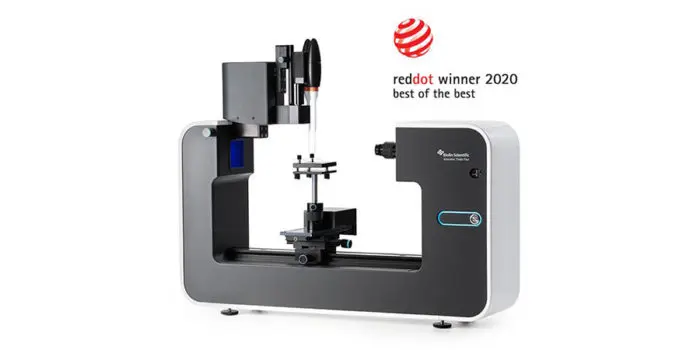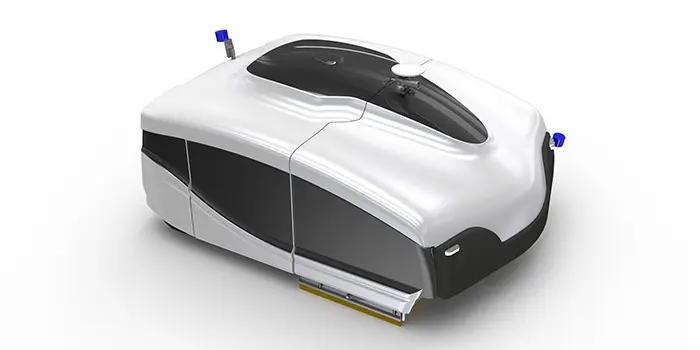
Industrial design significantly adds company value
The depletion of natural resources, global warming, population growth, pandemics, urbanization, and strong digitalization also affect the design of machines, equipment, and products.
The winds of change are blowing through the field of industrial design, especially through the digitalization of physical products. The devices generate an unprecedented amount of data, which is processed to develop products and services. Business Design and Design Thinking are the hottest trends of the day, but the human connection with matter will not disappear in the future. We still need somebody to design the robots and automated machines of the future.

Industrial design creates a recognizable appearance for the product/product family and adds to the company’s brand value
The basis of the identity of a company is the distinctive language of the products/services. This creates a clear and recognizable product world for the company, which can inspire the deepest values of the brand, quality, sustainability, and the operating environment characteristic of the product. In the modern world, the demand for aesthetics has also spread to the environment, tools, and machines of working life. Often, even the efficiency of the work depends on the enthusiastic staff. In many industries, the desirability of the equipment must match that which we are accustomed to in our leisure time. A machine can’t just look like a machine.
Industrial design as a solution to usability challenges
As a part of the product design process, industrial design solves the action challenges between product, technology, and people. Challenges may include the product’s natural ergonomics, intuitive usability, consistent maintenance, efficient storage, and transportation. Safety also plays a very important role in many products. A professional designer is not only content with creating an appearance but also understands the product and its use/environment more deeply.

Cost effective producibility
When designing a product, the designer plays the role of a simplifier and humanizer. The aesthetic impression of the structural solutions combined with ease of use make it easy to generate ideas that simplify structures and optimize manufacturability. Very often designers work closely with other experts, such as mechanical designers, to guarantee productively rational solutions at an early stage of the project.
Sustainable development and new materials
The designers are also responsible for designing products for sustainable development. The right choice of materials has a positive impact on the product’s life cycle and the costs of its use. The new materials are durable, lightweight, multifunctional, and quick to manufacture.
Thanks to advanced materials, the structures of the equipment can be designed more freely, and their weight can be reduced. This has made, for example, the use of machines easier, safer, and more energy efficient. Composite boxes, in turn, facilitate the reduction of noise levels and dust control.
The future of industrial design Is usability
In the future, the design of products and equipment will be increasingly influenced by the interaction between the user and the product/environment. Various advanced control methods allow the device to operate without physical contact, creating an environment in which, for example, the spread of various infectious diseases is diminished. Remote controls enable a new model of operation for both shipping and medical services. The command bridges of ships are already moving to office environments far from the Atlantic, and today a doctor can direct a blood test in Rovaniemi from Helsinki. However, it is worth noting that physical devices are needed in both ends, despite everything.